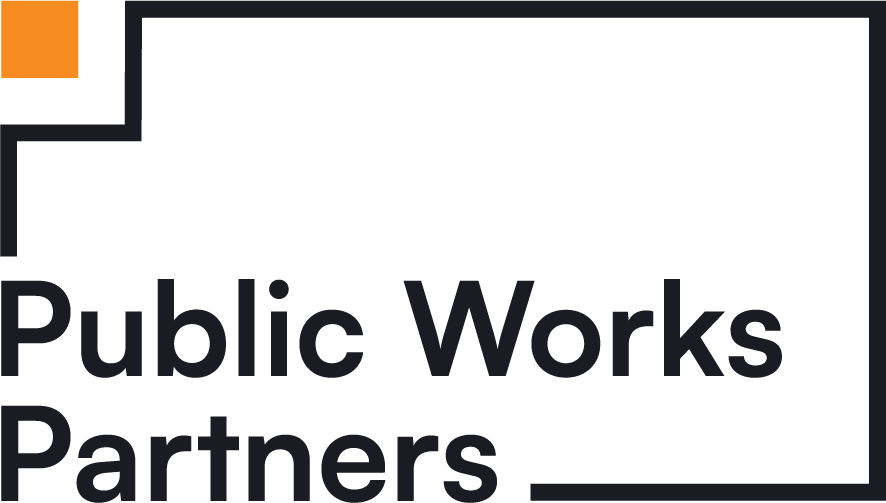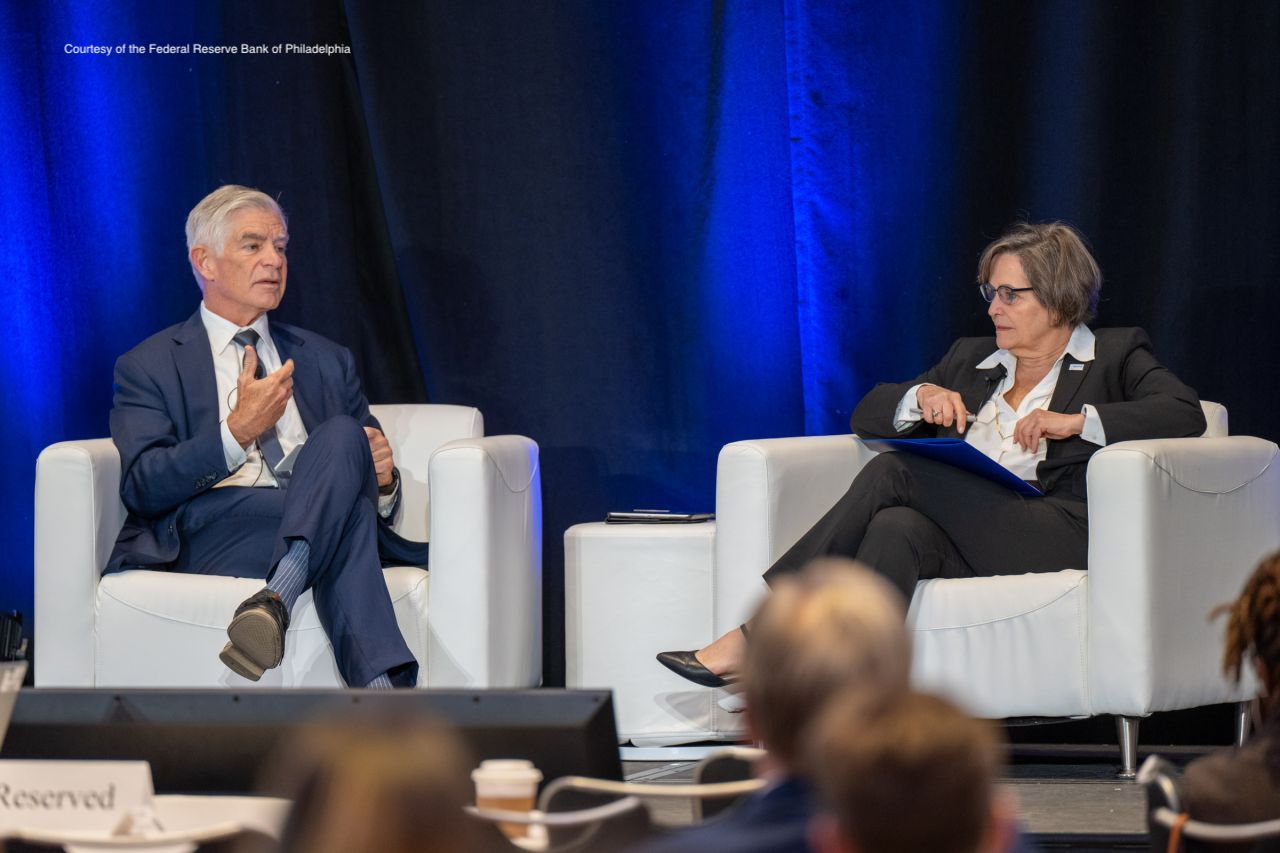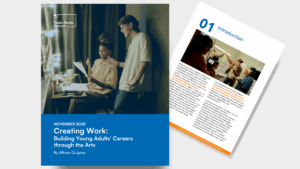Authors: Celeste Frye and Moe Magali
Last week, we attended the Economic Mobility Summit 2025 in Philadelphia, hosted by the Federal Reserve Bank of Philadelphia. The convening brought together community builders, funders, employers, policymakers, and researchers to dig deep into the question: What does it take to ensure economic mobility in America is not just a buzzword but a real, attainable outcome for all?
What resonated most is this: you can’t climb the ladder if the ground beneath you is shaky.
Economic Stability Before Mobility
Time and again, speakers returned to the fact that folks can’t think about career pathways or wealth-building if they’re worried about making rent or affording groceries. We must rethink the foundation. Economic mobility starts not with career counseling or training, but with stability: fair wages, reliable housing, access to childcare, and safe communities. These are not extras—they are prerequisites.
Data Doesn’t Just Tell Stories—It Builds Strategy
Raj Chetty’s powerful presentation on intergenerational mobility reminded us that ZIP codes predict outcomes. It’s not just about individuals “working hard”—it’s about the structures and communities that either open or close doors. Investing in place-based strategies isn’t just smart—it’s necessary. Data, when paired with lived experience, can build more precise, responsive, and impactful programs.
Employers as Mobility Engines
Some of the most inspiring moments came from employers reimagining what a good job can be—offering not just paychecks, but pathways. Sector-based partnerships that align workforce training with real demand in industries like health care, clean energy, and logistics are making a tangible difference, especially for those without college degrees.
Financing Mobility with Innovation
There was healthy dialogue around how we fund all this. Pay-for-success models and impact investing are starting to fill the gaps, but we need more courageous, cross-sector collaboration. These models only work if accountability is built in from the start and communities are part of defining success.
Systems Change is the Only Real Change
Let’s be honest: we can’t program our way out of systemic inequality. We need policies—at every level—that make mobility possible. That means zoning reform, fair lending practices, universal pre-K, and yes, tax policy. The summit was a reminder that community leaders and program designers must be at the policy table—not just reacting to change, but driving it.
The Most Important Voice: Community
The most important lesson? Nothing about us without us. The people most impacted by economic immobility must be co-designers, co-leaders, and co-owners of the solutions. Without this, we risk building ladders no one asked for—or worse, ones that lead nowhere.
As a firm working at the intersection of community engagement, workforce development, and systems strategy, we found this summit to be both energizing and humbling. The work ahead is big. But the alignment between data, policy, practice, and lived experience gives me hope.
We don’t need another new program—we need to remix the system. And if we’re bold enough to center stability, equity, and voice, then maybe—just maybe—we’ll finally start to close the gap between potential and reality.
Let’s get to work.





